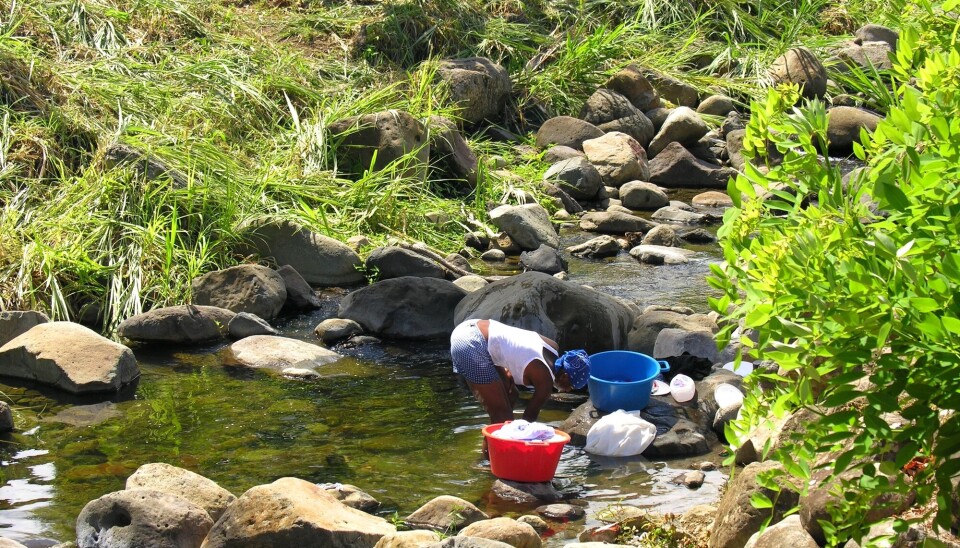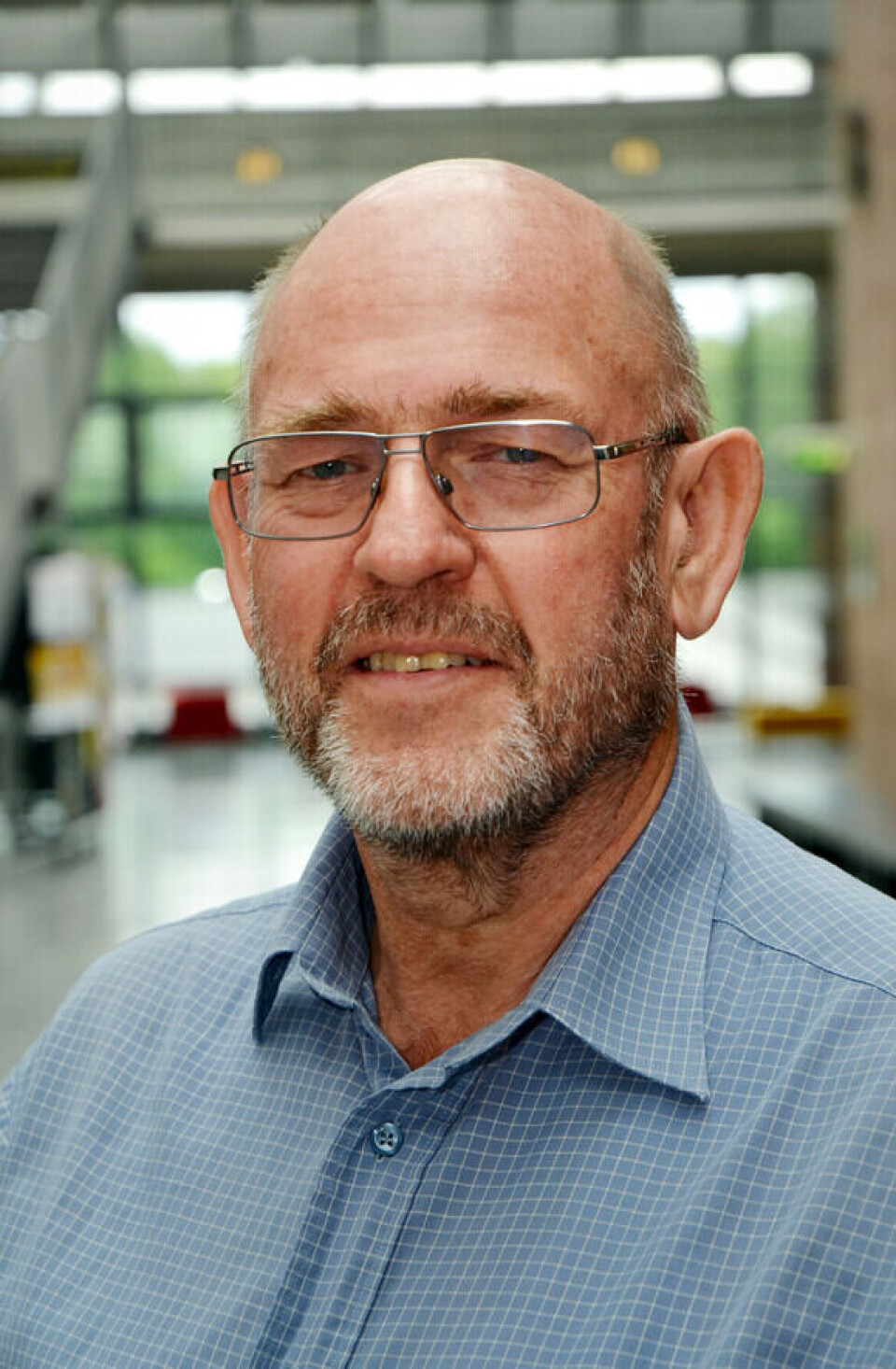THIS ARTICLE/PRESS RELEASE IS PAID FOR AND PRESENTED BY THE University of Agder - read more

Record-high funding for neglected women's disease
The research project on female schistosomiasis will make it easier to give the right diagnosis and treatment to women in Africa.
Female genital schistosomiasis (FGS) is a disease that affects millions of women, but it is often misdiagnosed as cancer or a venereal disease. This leads to unnecessary surgery, social sanctions and ruined lives.
“The disease itself is easy to treat if it is diagnosed correctly,” says Hanne Haaland. She is project manager at the University of Agder (UiA).

UiA is now participating in a project led by Oslo University Hospital, which has received NOK 80 million from the EU framework programme for research, Horizon Europe. Never before has an isolated project on the disease received such a large grant.
“These funds make it possible to provide answers to millions of women who live every day with genital problems. This project will change many lives,” project manager Eyrun Kjetland, who is a doctor at Oslo University Hospital, says.
Misdiagnosis leads to wrong treatment
In Africa, around 300 million girls and women are at risk of acquiring FGS. The disease is caused by parasitic Schistosoma worms that live in fresh water and infect through the skin.
The symptoms of FGS can be similar to those of cervical cancer, which 400 million women in Africa are at risk of developing.
Wrong treatment is common.
The symptoms can easily be mistaken for sexually transmitted diseases, which can have major negative impacts on young girls.
FGS is also a risk factor for acquiring HIV.
The project has been named Dualsave-FGS since the aim is to save women from both the parasitic disease and cervical cancer by ensuring correct diagnoses and treatments.

Using smartphones
There are four changes in the uterus that show whether we are dealing with FGS or cancer. But without long experience, it is not easy to spot them with the naked eye.
“By analysing images taken during gynaecological examinations, a computer can make the correct diagnosis. However, this requires advanced equipment that is not widely available in Africa," Svein Gunnar Gundersen says.
He is professor emeritus at the Department of Global Development and Planning at UiA. Gundersen has been researching schistosomiasis for over forty years.
To ensure that diagnostics can be performed also in rural Africa, researchers at the University of Crete and the life science company QCELL have developed a mini-colposcope that can be connected to a smartphone. A colposcope is an instrument used in gynaecological examinations.
The images are then analysed by a smartphone app developed by QCELL to provide a correct diagnosis.
“If this works, the aim is to mass produce this equipment as simply and cheaply as possible,” Gundersen says.
Long history at UiA
The role of the University of Agder in the project is, among other things, to develop an app-based training course for gynaecologists and primary care workers. The course will train them in the diagnosis and treatment of FGS.
Associate Professor Santiago Martinez is associated with UiA’s Centre for e-health and will be responsible for this part.
The project will also map how the women examined and the health workers experience the use of this diagnostic method. The project will employ two PhD Research Fellows who will explore this. They will be enrolled in the doctoral programme at UiA’s Faculty of Social Sciences and will be supervised by Associate Professor Hanne Haaland, among others.
Research on FGS has a long history at UiA.
Already in 2010, a collaboration agreement was signed between UiA, the University of Kwa-Zulu Natal in South Africa and several other universities. The agreement concerned participation in international partnership on research into medical aspects related to FGS.
In the first years, this research was funded by the Gates Foundation, the EU and the Research Council of Norway.
The new four-year project started in August 2022.

This article/press release is paid for and presented by the University of Agder
This content is created by the University of Agder's communication staff, who use this platform to communicate science and share results from research with the public. The University of Agder is one of more than 80 owners of ScienceNorway.no. Read more here.
See more content from the University of Agder:
-
This researcher has helped more economics students pass their maths exams
-
There are many cases of fathers and sons both reaching elite level in football. Why is that?
-
How we used plants to protect ourselves from evil
-
What is it like for nurses to promote health behind bars?
-
This can make life easier for new maths teachers
-
Norwegian women were burned at the stake here




































